LET'S KNOW MORE ABOUT THE LIONFISH
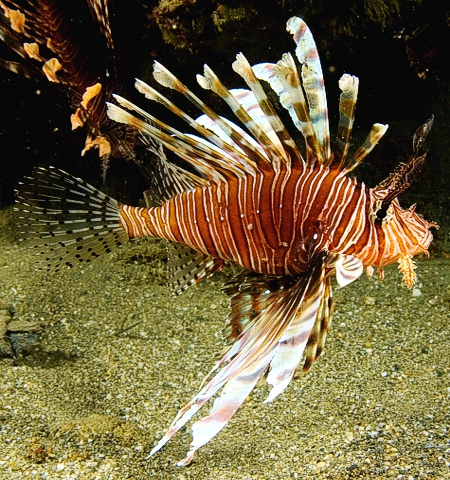 Pterois volitans
Pterois volitans
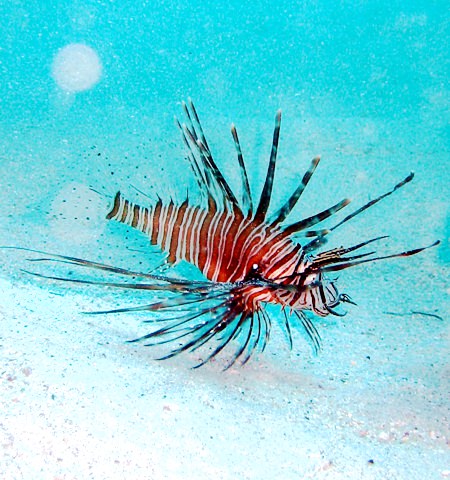 Pterois miles
Pterois miles
The lionfish (Pterois volitans) is a coral reef fish, with poisonous spines, of the Scorpaenidae family, Scorpaeniformes order.
It is primarily native to the Indo-Pacific region, but has become an invasive species (since 1992) in the Caribbean Sea, as well as along the eastern coasts of the United States and northeastern South America.
P. volitans and a similar relative, Pterois miles, are considered invasive species. This type of lionfish is dressed in white stripes alternated with red, garnet and/or brown stripes.
Adults of this species can grow up to 47 cm long, making it one of the largest species of lionfish in the ocean, while juveniles are typically less than 3 cm long.
The average lionfish lives for about 10 years. As with many species of the Scorpaenidae family, it has large, poisonous spines that protrude from the body, similar to a mane, which gives it its common name.
Poisonous spines deter most of their potential predators, while, in their invaded areas, they are ignored by others who do not have them in their diet because they are unaware.
Lionfish reproduce monthly and can quickly disperse during their larval stage to expand their invaded region.
There are no known definitive predators of lionfish outside their home range and many organizations are promoting the capture and consumption of lionfish in an effort to avoid increasing population densities, which are already high.
PUBLICATIONS ABOUT THE LIONFISH
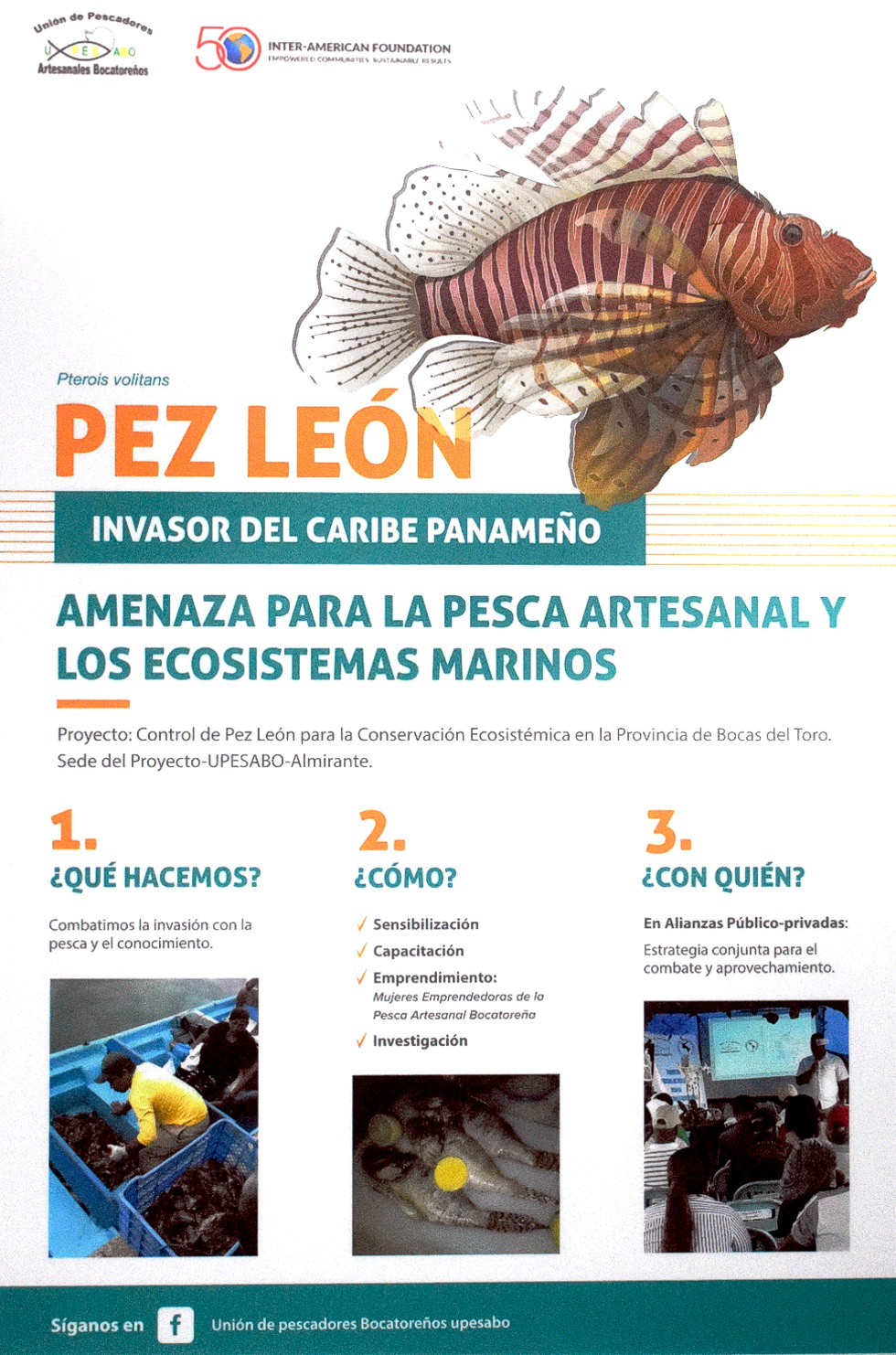 INVADER OF THE PANAMANIAN CARIBBEAN
INVADER OF THE PANAMANIAN CARIBBEAN
Threat to artisanal fisheries and marine ecosystems
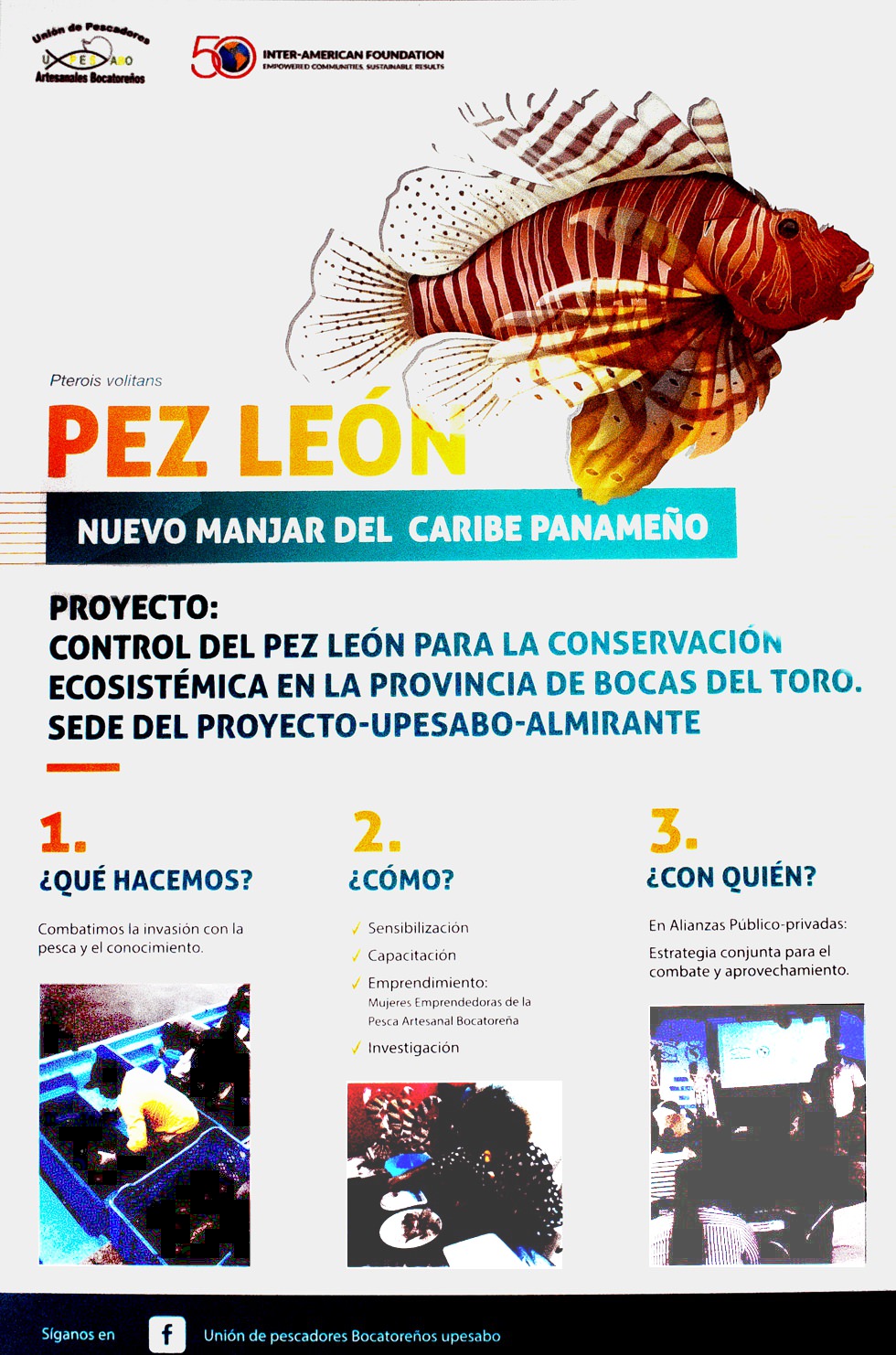 NEW DELIGHT OF THE PANAMANIAN CARIBBEAN
NEW DELIGHT OF THE PANAMANIAN CARIBBEAN
Lionfish Control for Ecosystem Conservation in the Province of Bocas del Toro.
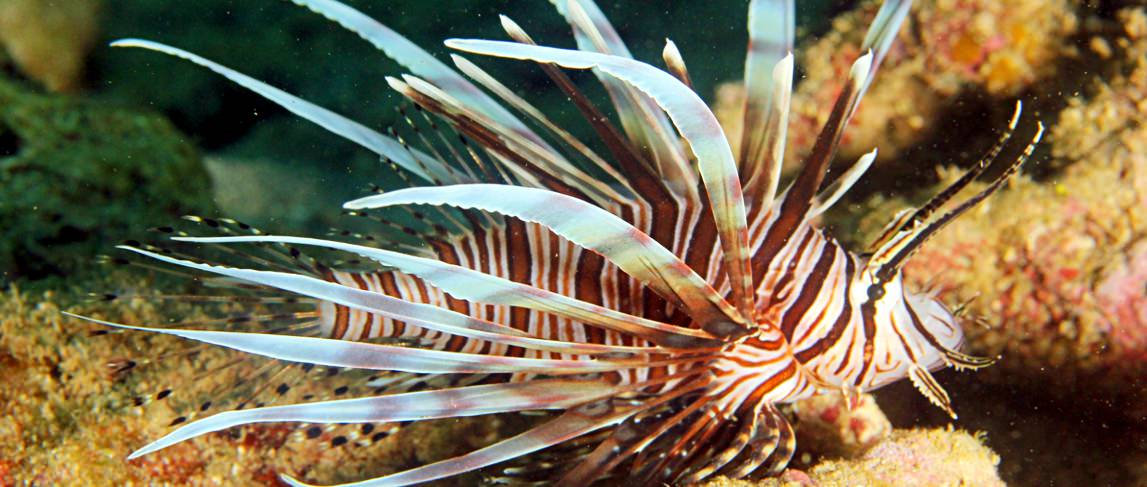
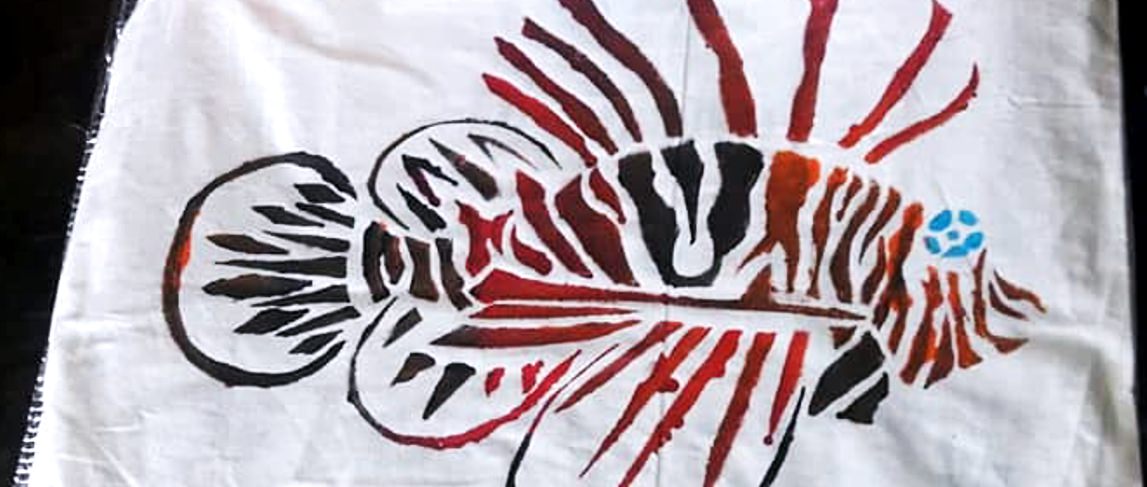

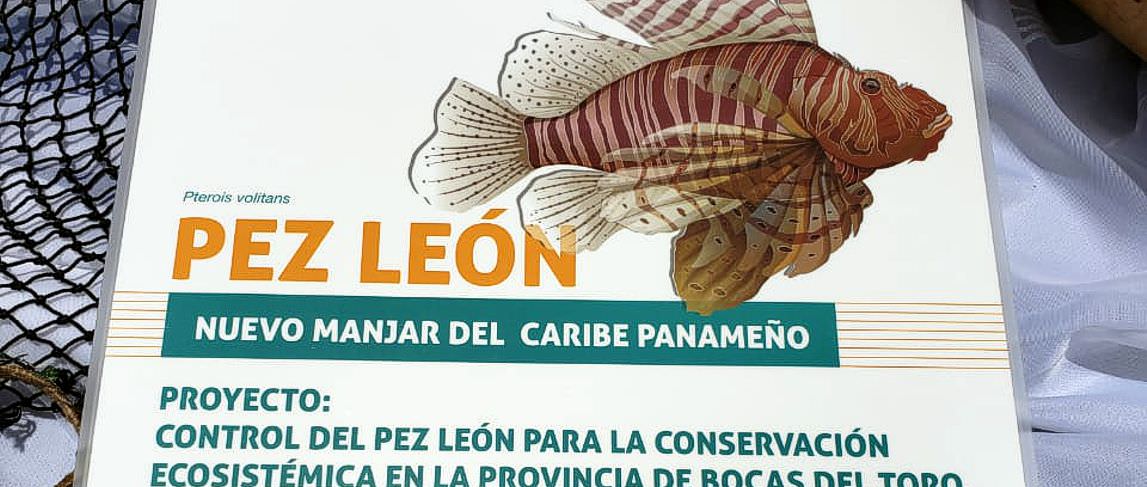

 Pterois miles
Pterois miles

